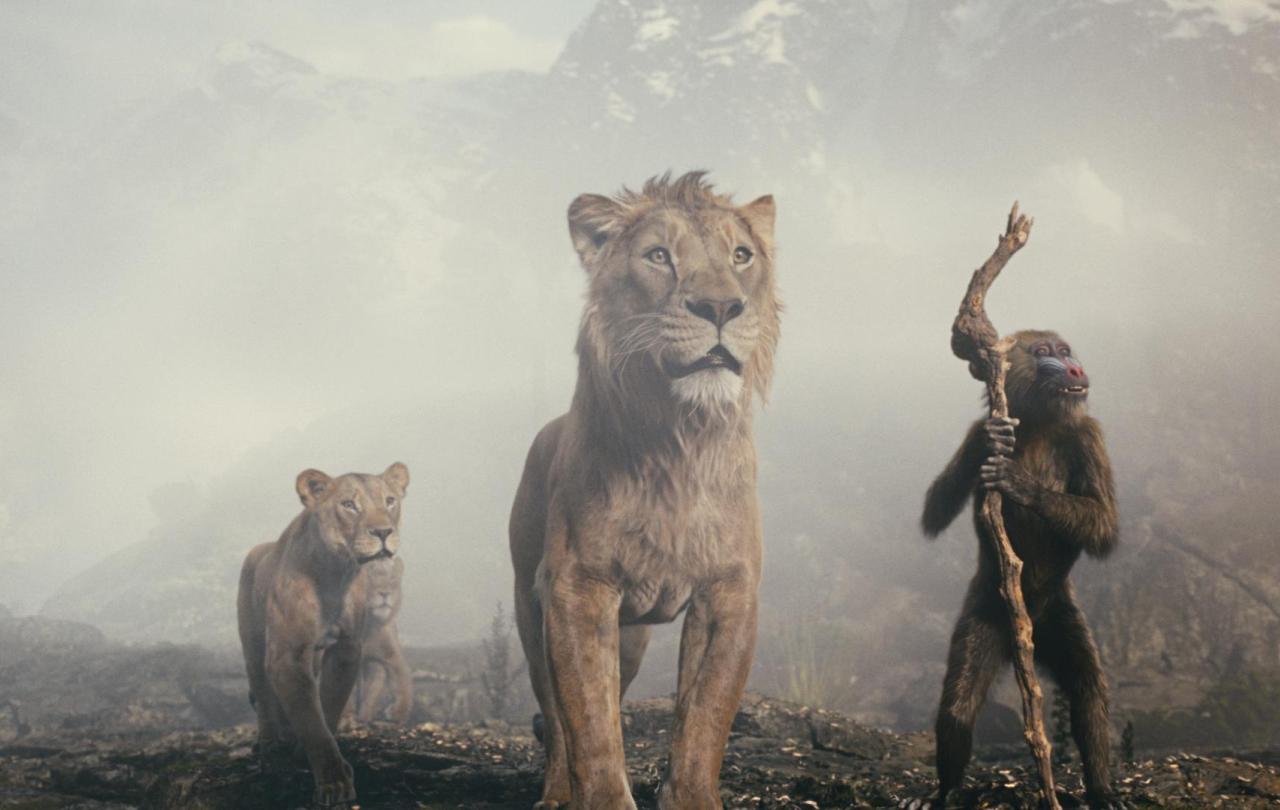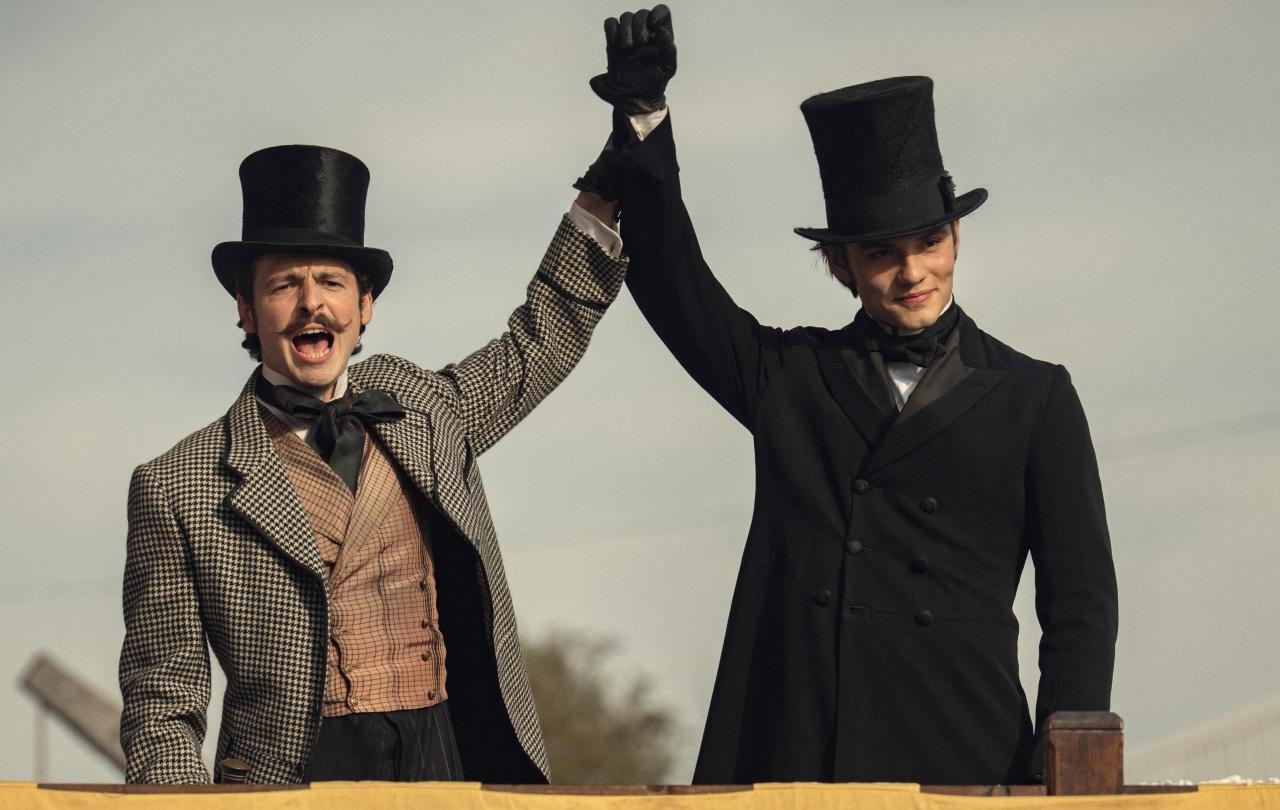If you’ve watched House of Guinness recently, you’ll find show creator Steven Knight return to familiar territory: masterfully exploring complex dynamics between brothers, family legacy, and ambition – captivating themes he previously explored in his ever-popular Peaky Blinders. In the respective dramas, we find both older brothers struggling to fit into roles and living with the weight that often accompanies that struggle.
In societal terms, we are not unfamiliar with the oldest son’s placement as the first in line of dynastic succession and head of the family. The Prince of Wales will succeed his father as King; Prince George will succeed his father and so on.
This dynamic plays out, of course, in common lives as well. Throughout history, the oldest son, as a rule, inherited the family home, the landholdings, and the family business (even if its legal standing was murky at best): Santino became the Don (The Godfather, 1972), Josh Kroenke and Tony Kahn essentially run their respective fathers’ Premiership football clubs, and at some point in your family line, I bet a great uncle took over his father’s blacksmith shop, leaving his younger brother – your direct line – left to fend for himself. (You’re here, after all, so things must have worked out, anyway.)
What happens, though, when the oldest son is not fit to assume this role in succession? How does he respond if he is passed over? And what happens when he’s actually needed by the younger brother, the successor?
As Peaky Blinders opens in its first series, we are presented with a perspective that Arthur Shelby, the older brother, is the boss of the family bookmaking syndicate and racketeering operation only to soon discover that his smarter, more ambitious, and more capable younger brother, Tommy, leads the family.
Being passed over naturally plagues Arthur, and his behavior consistently confirms why he isn’t fit to lead: he is quick tempered, demonstrates poor judgement, and goes on drug-induced benders. He is loyal when he is sober, and you can’t help but love him, but you wouldn’t hire him to run your company, either. By the opening of the show’s concluding series, he is shown passing his days in an opium shop, strung out and all-but-abandoned by his family.
Knight revisits this theme within the Guinness family in his newest show, set in the 1860s and three generations after the founding of the brewery, the family well-established as the first family of Ireland and wealthy beyond measure.
From the start, family tension and doubts about the brewery’s continued success are palpable. At the time of his father’s death, the oldest Guinness brother, also named Arthur, is frivolous, irresponsible, and debonair, having returned to Dublin for his father’s funeral after years of carousing in London. He is unkind, arrogant, and frankly does not care what happens with the company, so long as its sale finances the rest of his life. (You don’t root for him like you root for Arthur Shelby.)
At the time of the reading of his father’s will, anticipating he would inherit the brewery and the bulk of the family property only to sell it, Arthur Guinness finds his father had other plans, haunting him from the grave. He learns that he and his younger brother Edward – responsible and having apprenticed at the brewery – would inherit an equal stake of the brewery and family wealth, but that Arthur would be entitled to nothing if he did not participate in the running of the business, something he neither wants nor cares to do. He wants to be the older brother to inherit but has less-than-no desire to lead the family.
Saddled with expectations that he neither wants nor could succeed under, he continues his path of ruination – marrying for convenience, partying in unfit circles, and participating in election fraud, all bringing the family into public scandal and private torment. Moreover, and perhaps of greatest importance, he knows that he is the oldest son who cannot succeed, who was never built to, and that his father did not trust him. Thus, he pursues the only thing he is good at – willful self-destruction.
Well, this is great saga material – one that we will undoubtedly follow in the Guinness family in the coming years – but for us poorer mortals, why care?
I believe, and I don’t think this is an overstatement, that there is an older brother in all of us. We may not be the actual older brother ourselves waiting to be handed a family fortune only to not receive it, but odds are that at some point there was an expectation thrust upon us – or even one we placed on ourselves – to be a certain type of person or to achieve a concrete level of success, and that didn’t work out.
Have you, for instance, taken a chance in bringing the antiquated family business into the twenty-first century only to watch it go belly up? Have you found yourself in a relationship for too long “for all the right reasons” because everyone wanted it but you didn’t? Did you want to study architecture at university but read law instead because your father and grandfather were called to the bar and now you find yourself drawing neo-classical designs in the courtroom?
What happened, then, when that expectation or dream did not come to fruition? Have you, even to a small extent, arrived at the future and found you’re not who you thought you’d be? To not achieve that thing we were destined for, to not rise to the standard, as it turns out, can often leave us in the same state of the black sheep older brother – directionless, lacking a clear station in life and without a sense of worth.
What is interesting and what is helpful, if I can go so far as to say, is that we find this dynamic at the moral heart of family and social relationships across millennia, a dynamic which is presented in the Christian understanding of relationships.
Christianity’s understanding of relationships – with both God and one another – rests on two essential claims. The first is that humanity was created for one clear purpose – to love God and to live in perfect harmony with creation and fellow man. According to Genesis, the first book of the Bible, this was the expectation of our divine father, the role destined for all children of God. Yet Adam and Eve, the original children, failed to live righteously according to the standard God gave them and were viewed, thus, as guilty before God. All their descendants (which is to say all humanity) inherit that guilt because of what Christian teaching calls original sin.
That may sound both celestial and like Sunday school at the same time, and you, by the way, don’t have to take my word for it. But if you were to say that you do live in harmony with God, creation, and fellow man perfectly, I might be compelled to ask, “How’s that really going?”
When we look around and are honest, we are free to admit that things are not perfect, and we live with the weight of imperfection.
How do we feel, for example, when we let someone else down? How does it feel when we wake up with a moral hangover? How does it feel when we don’t get the position because of an unexplainable gap in our CV, even though we think we’re fit for it? We can see quickly enough that sublime internal or cosmic harmony does not, in fact, exist in our lives or in any of the created realms. More so, we find that it’s not actually attainable.
Are we left, then, to live lives with potential unrealized, spiritually incongruent, and unfulfilled? Will the black sheep part of ourselves – perhaps not evidently front and center but certainly left in the margins – become the core of who we are and how we interact with the world?
As it pertains to Knight’s dramas, a curious occurrence happens to each of these older brothers during the arc of their respective shows, particularly in relation to their younger brothers.
At some point in every series, Tommy Shelby realizes that despite everything, the one person he needs by his side is his older brother, Arthur. He needs him as he takes down crime boss Billy Kimber and expands the family business; he needs Arthur to be the one to end the vendetta with the American mafia, and, finally, to be his strength and support as Tommy faces his dark and uncertain future in the final series, telling Arthur in the darkness of a damp cellar, “You will change because I need you.”
Similarly, in House of Guinness, faced with looming political trouble, wanting to expand the brewery, and to continue the family legacy of philanthropy in Ireland, Edward Guinness looks to his older brother Arthur – the only person he can – to fulfill the other half of the inherited partnership and to gain political ascendancy, their father’s MP seat, for the cause of good. He needs him.
How do these older brothers—otherwise unfit for duty—respond?
In each case, paradoxically, they don’t crumble under the weight of expectation, but heartily rise to the occasion, becoming the man who their younger brother needs them to be. They are able to do this, by the way, not because there was some secret unfulfilled potential inside them all along (clearly they are who they are), but because despite their self-destructive patterns, the older brothers actually step up when needed because the younger brothers treat them as though they are worthy of being needed.
Put another way, having worthiness ascribed to them makes them feel worthy, and the result is that they change, they deliver, and their own self-worth changes with it. They each become, as it were, a new man.
What are we to draw on from this?
Returning to Christianity’s understanding of relationships – with both God and one another – we find its second essential claim: it is that God knows that our lives are not perfect and harmonious, that we do struggle, that we do have dreams and expectations unrealized, all of which can, depending on the severity, leave one quite weighed down and without a clear path forward.
If there is good news that can be spoken into that state (and there is), it is that God is not a father with his arms crossed forever disappointed in his firstborn. He is a father who sees the whole picture, knows all the facts, and he has done something about it in the great narrative arc of the Christian story – the crucifixion and resurrection of Jesus. The result of which is that we flawed individuals are seen not as those who fail to love and obey God perfectly but as those who are worthy of being wanted.
If we can learn anything from these brothers in Knight’s dramas, it is that we need not climb out of imperfection and into success to be unburdened. We find that being seen as worthy is enough. And that changes – as it does for Arthur Shelby and Arthur Guinness – everything.






